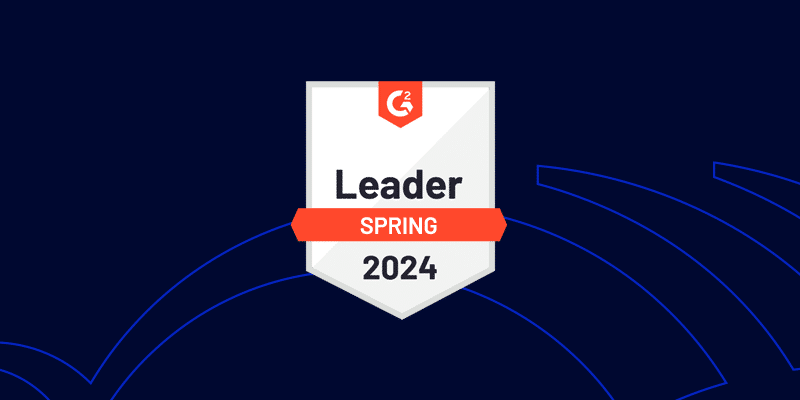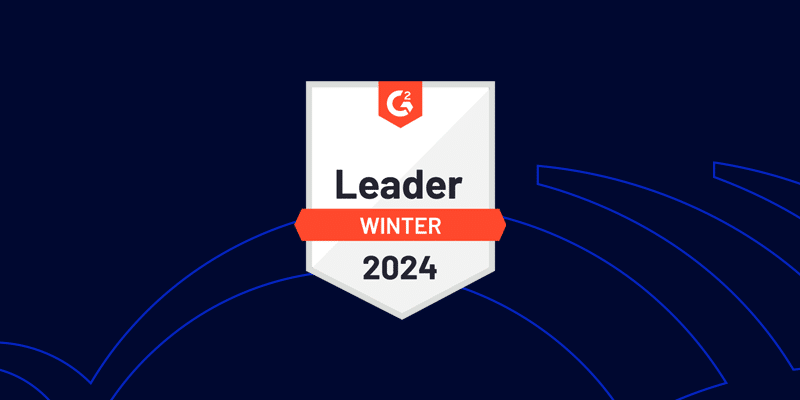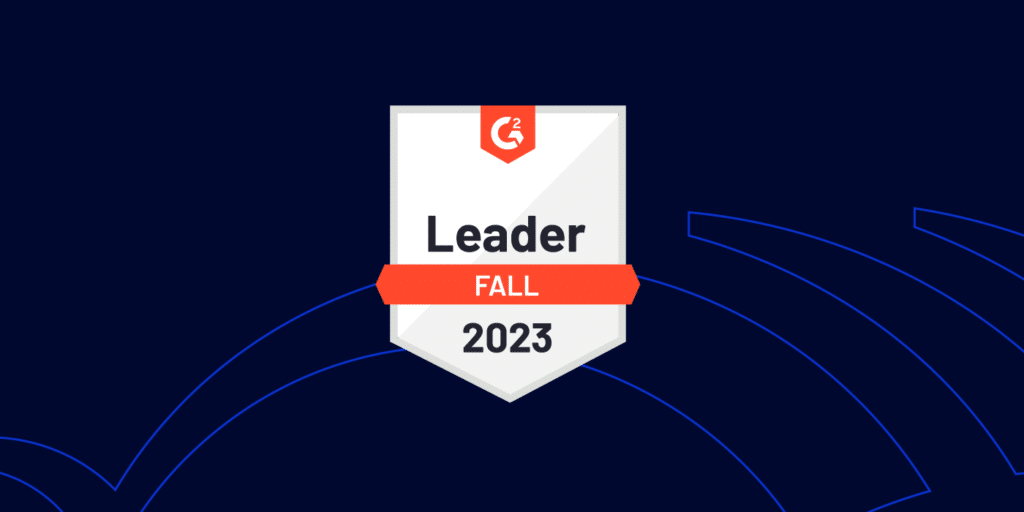Key takeaways from the 2022 Gartner® Market guide for SaaS Management Platforms
January 5, 2023
4 minute read
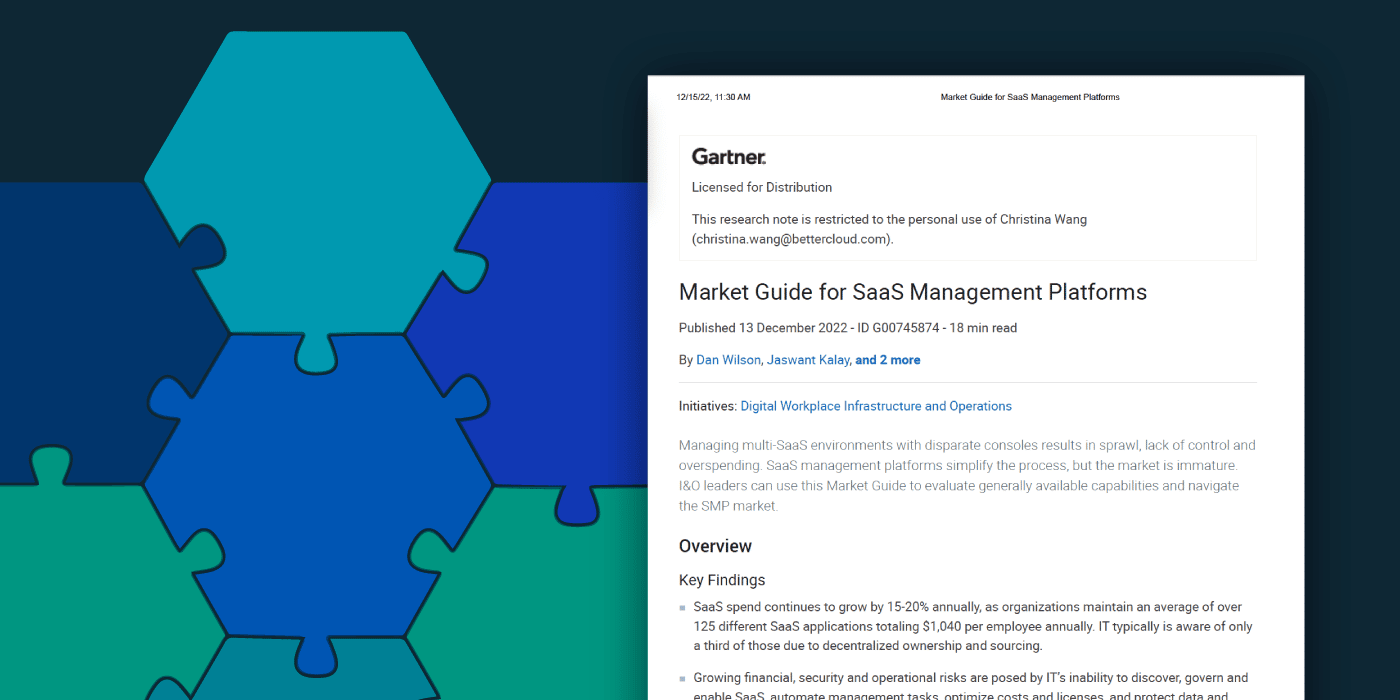
Last week, Gartner® published the 2022 Market Guide for SaaS Management Platforms. The report defines, “SaaS management platforms (SMPs) provide central admin console capabilities to discover, manage, automate, optimize, govern and enable SaaS used by employees. SMP also enhances protection of identities and data while using SaaS.”
Effectively managing an ever-growing SaaS stack remains difficult, time consuming, and complex. As a fully featured and market-leading SMP, BetterCloud is very encouraged to see more of these critical management capabilities captured in this updated market definition.
One of the key takeaways mirrored the insights we found in our 2023 State of SaaSOps report. Gartner reports that SaaS spend continues to grow by 15-20% annually, with organizations maintaining an average of 125 different SaaS applications totaling $1,040 per employee annually. Our State of SaaSOps survey found an 18% increase in SaaS app usage and an average of 130 apps in use, so it’s clear that the amount of apps IT is responsible for is still rising.
Another finding highlighted a renewed urgency around the risks of not using a SaaS management platform’s core capabilities, and not having a holistic SaaS governance policy.
According to Gartner, “Growing financial, security, and operational risks are posed by IT’s inability to discover, govern and enable SaaS, automate management tasks, optimize costs and licenses, and protect data and identity.”
These risks include everything from data loss to wasted SaaS spend. In this report, Gartner predicts that:
- Through 2027, organizations that fail to centrally manage SaaS life cycles will remain five times more susceptible to a cyber incident or data loss due to misconfiguration.
- Through 2027, organizations that fail to attain centralized visibility and coordinate SaaS life cycles will overspend on SaaS by at least 25% due to incorrect and unnecessary entitlements and not rationalizing overlapping tools and instances.
The core functions of an SMP have evolved
Not only has the market for SMPs matured over time, but so has the Gartner market definition. Today, SMPs are truly a workhorse for overburdened IT teams, going from discovering, managing, and securing SaaS to much more.

In the diagram above, you can see seven key functions of a SaaS management platform. According to Gartner, these terms are fully defined as:
- Discover: Uncover sanctioned and unsanctioned SaaS use and cost
- Manage: Centralize multi-SaaS configuration and policy management within a single console
- Automate: Simplify SaaS administration with turnkey configuration and policy templates, workflow engine and intelligence-driven actions powered by AI/ML
- Optimize: Analysis, insights, alerting, and automation to optimize SaaS cost and entitlement (licenses)
- Protect: Analysis, insights, alerting, and automation to protect organizational identities and data within SaaS. Also includes ensuring SaaS policies and configurations are compliant with corporate, security, or regulatory standards
- Govern: Foundational capabilities that include reporting, alerting, and measuring SaaS availability, as well as the breadth and depth of integrations with SaaS apps and other tools
- Enable: Availability of an employee-facing application store or catalog to simplify SaaS requests. In addition, analysis, insights, and alerting to help drive SaaS adoption and maximize ROI
These seven core capabilities, up from three, reflect what BetterCloud is hearing from its customers—and our own experience managing IT as a SaaS-forward company. The updated definition reflects everything we know about how much activity is truly needed to keep a large SaaS stack efficiently managed and secure.
At BetterCloud, we were thrilled to see automation and alerting throughout this new definition. With many organizations facing a growing SaaS portfolio and little to no addition in IT headcount, being able to automate a large number of SaaS management tasks with an easy-to-use workflow builder is essential to improving operational efficiency.
The marketplace for adjacent solutions has grown
The number of adjacent products that solve for one of the core functions of an SMP has continued to increase. You can see from the visual below that there are many offerings that either complement or only perform a small part of what a SaaS management platform can do. So if your organization has very in-depth requirements that one of these adjacent tools specialize in, it’s easy to have an SMP work side by side with them.
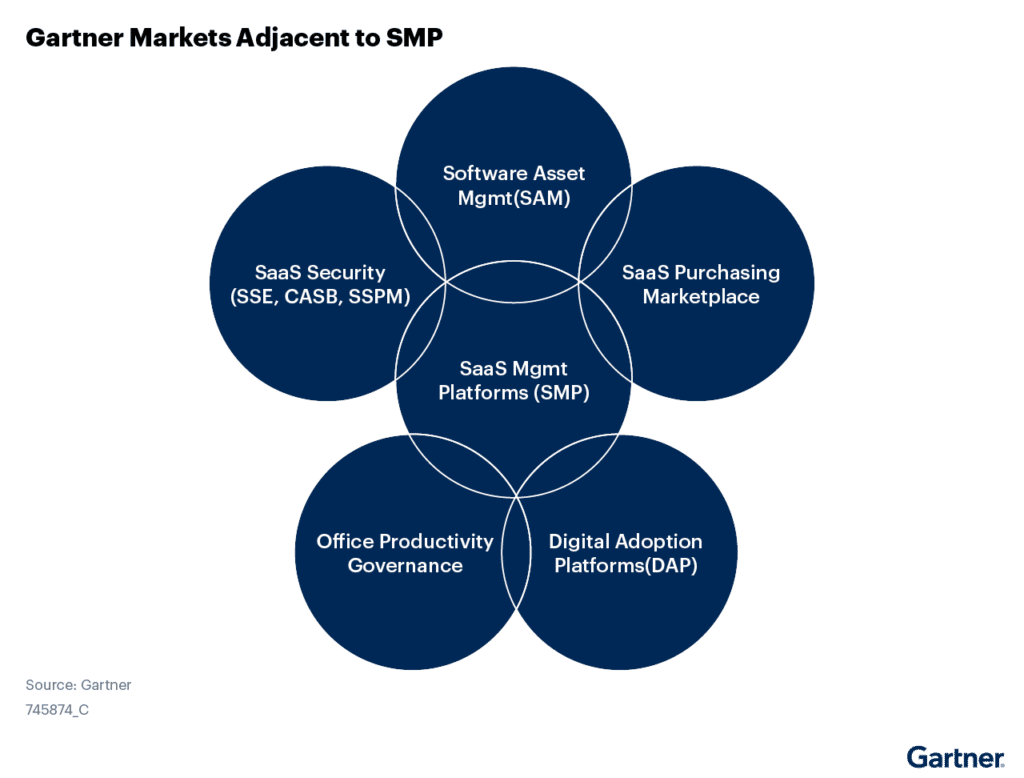
According to Gartner, SMPs share adjacent capabilities with the following categories of tools:
- SAM (software asset management)
- SaaS security, including SSE (security service edge) , CASB (cloud access security broker), SSPM (SaaS security posture management)
- SaaS purchasing marketplaces
- DAP (digital adoption platform)
- Office productivity governance
Many of these solutions provide very focused capabilities around license optimization, measuring employee adoption of SaaS, or risk and threat assessments. Some tools, including office productivity governance tools, are exclusively focused on a single application like Google Workspace or Microsoft 365. However, most of these tools do not have the capability to manage or automate SaaS-related management tasks.
SMP adoption is predicted to nearly double in the coming years
As an organization grows, the need for an SMP grows along with it. In our experience, as workplaces mature and their SaaS stack grows, organizations that start to show what Gartner calls “digital ambition” become a good fit for an SMP.
Gartner reports that: “SMPs are most appropriate when the organization’s digital workplace ambition extends beyond workplace infrastructure modernization to new ways of working.”
In the coming years, Gartner predicts that more and more companies will be making the investment in an SMP. According to Gartner, “By 2027, 40% of organizations using multiple SaaS applications will centralize management using an SMP, and increase from less than 25% in 2022.”
To learn more about how BetterCloud can help you discover, manage, automate, optimize, govern, and enable SaaS in your environment, request a demo.
Disclaimer:
Gartner is a registered trademark of Gartner, Inc. and/or its affiliates in the U.S. and internationally and is used herein with permission. All rights reserved. These graphics were published by Gartner, Inc. as part of a larger research document and should be evaluated in the context of the entire document.
Gartner does not endorse any vendor, product or service depicted in its research publications, and does not advise technology users to select only those vendors with the highest ratings or other designation. Gartner research publications consist of the opinions of Gartner’s research organization and should not be construed as statements of fact. Gartner disclaims all warranties, expressed or implied, with respect to this research, including any warranties of merchantability or fitness for a particular purpose.
[i] Gartner “Market Guide for SaaS Management Platforms” by Dan Wilson, Jaswant Kalay, Tom Cipolla, Joe Mariano
Published 13 December 2022 – ID G00745874



